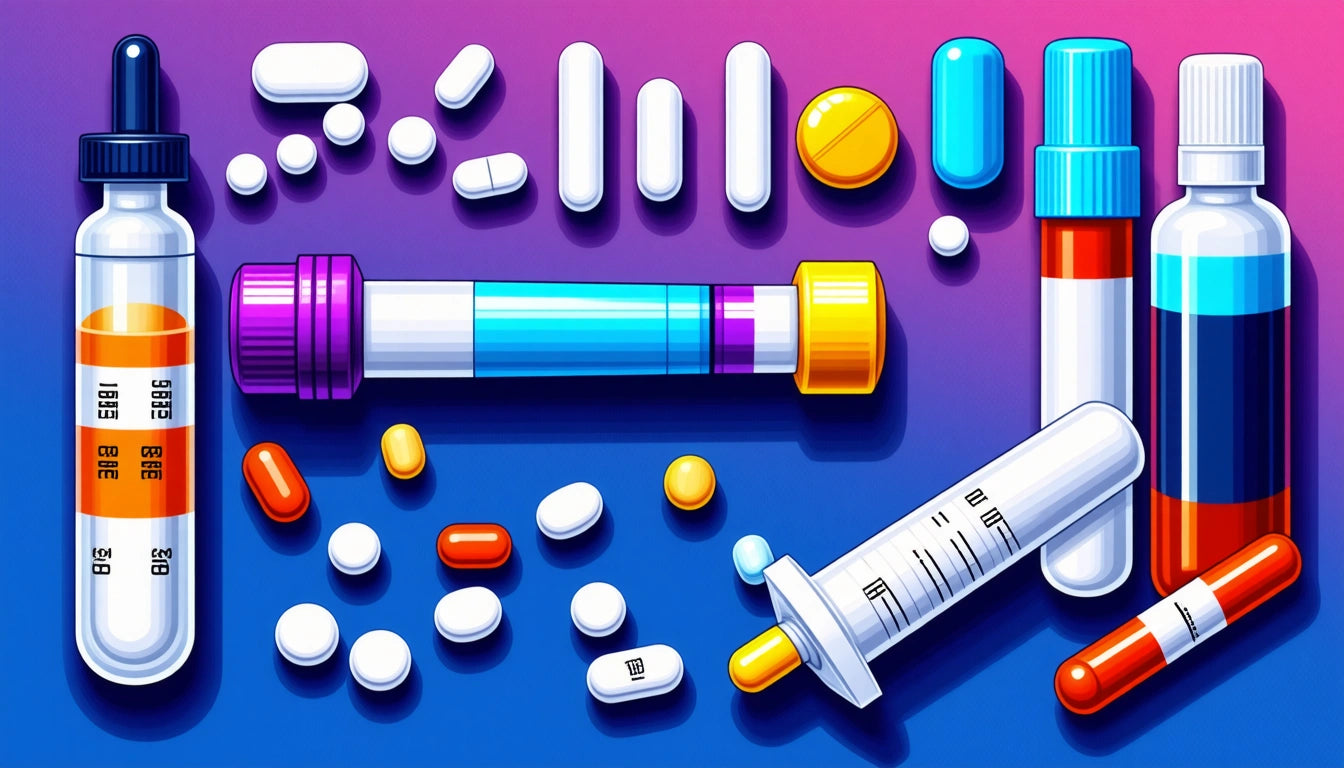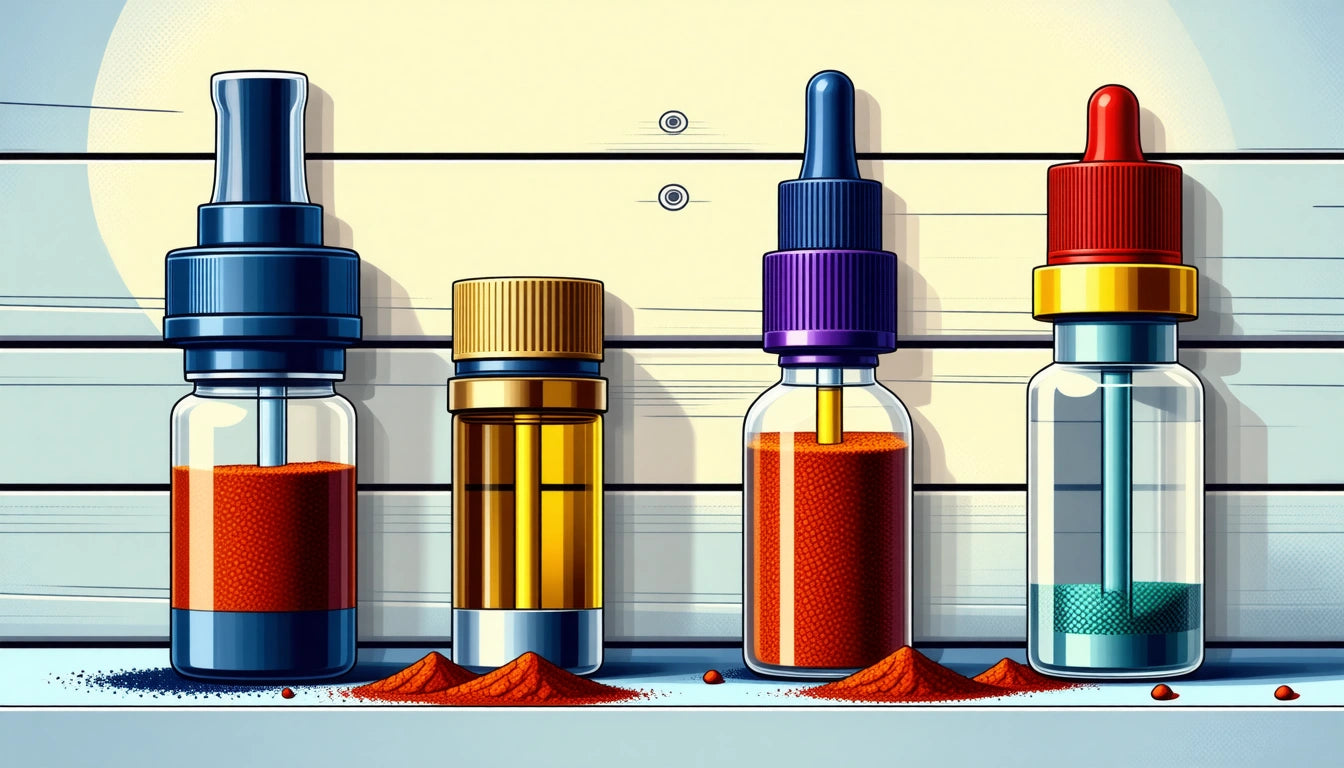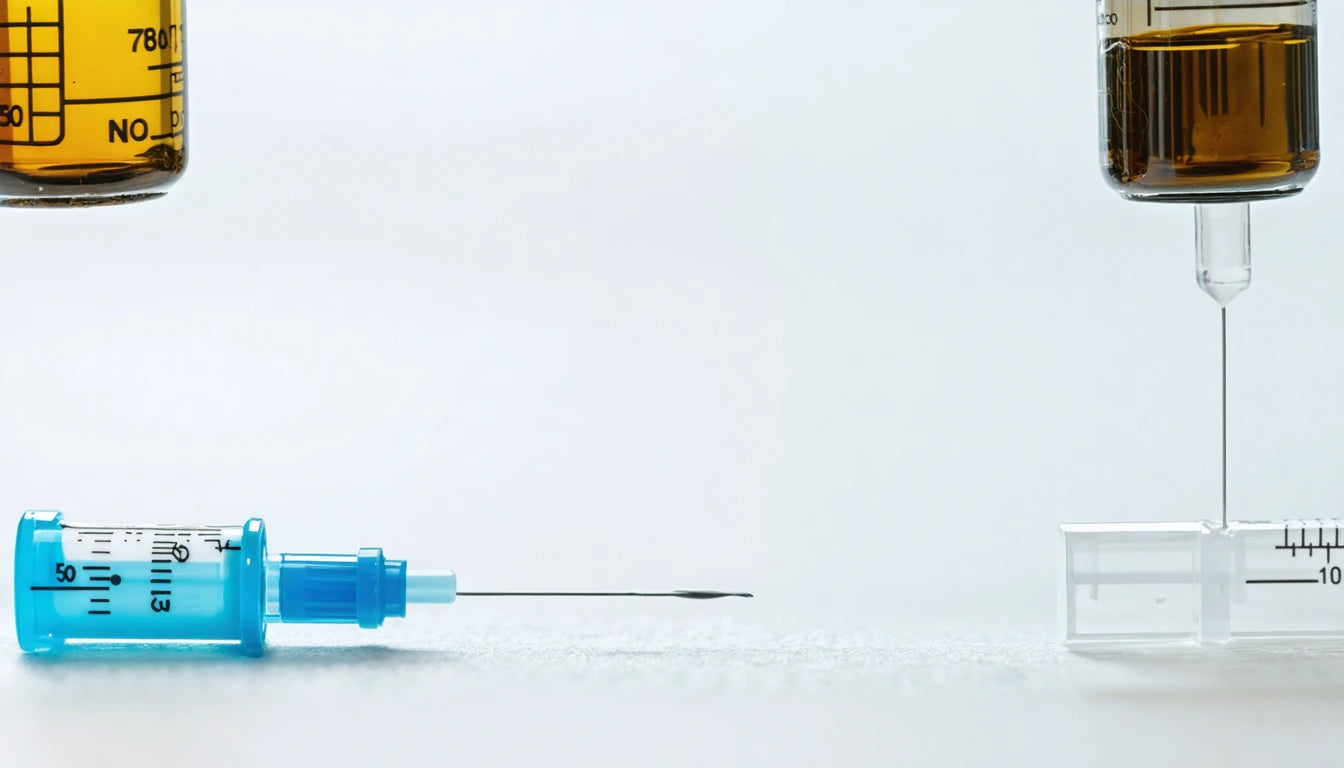Table of Contents
Comparing Saliva and Urine Drug Tests: Accuracy and Differences
Drug testing plays an essential role in various settings, from workplace screening to legal proceedings. When comparing testing methods, saliva vs urine drug tests represent two of the most common approaches, each with distinct advantages and limitations. Understanding these differences helps individuals and organizations select the most appropriate testing method for their specific needs.
Basics of Drug Testing Methods
Urine drug tests have long been the standard in drug screening. These tests analyze metabolites, which are substances produced when the body processes drugs. As outlined in this comprehensive guide to urine testing, these tests typically use immunoassay technology for initial screening, followed by confirmatory testing if needed.
Saliva drug tests, also known as oral fluid tests, detect parent drugs rather than metabolites. This means they identify the actual substance rather than what the body converts it into. Saliva testing has gained popularity due to its non-invasive nature and ability to detect recent drug use.
Detection Windows: How Long Substances Remain Detectable
Saliva Testing Detection Periods
Saliva drug tests generally have shorter detection windows, typically detecting substance use within the past 24-48 hours. For cannabis specifically, THC remains detectable in saliva for approximately 24 hours in occasional users and up to 72 hours in frequent users.
Urine Testing Detection Periods
Urine tests offer longer detection windows, making them suitable for identifying substance use over extended periods. As detailed in this analysis of urine test capabilities, detection times vary significantly by substance:
- Cannabis: 3-30 days, depending on usage frequency
- Cocaine: 2-4 days
- Amphetamines: 2-4 days
- Opioids: 2-4 days
- Benzodiazepines: Up to 30 days for some varieties
Accuracy and Reliability Comparison
The question of which drug test is more accurate, urine or saliva, depends on the specific testing context and what information is being sought.
Saliva Test Accuracy
Saliva tests typically show high accuracy for recent drug use, with sensitivity rates between 90-95% for most substances when tested within their detection window. They're particularly effective at identifying active impairment rather than historical use.
Urine Test Accuracy
Urine tests demonstrate accuracy rates of 97-99% when proper collection protocols are followed. They're highly reliable for determining if someone has used substances within the past several days or weeks, as explored in this urine drug screen analysis.
Both testing methods face challenges with false positives from certain medications or foods. Laboratory confirmation testing significantly reduces these risks but adds time and expense to the process.
Sample Collection and Testing Procedures
The collection process represents a significant difference between these testing methods.
Saliva Collection
Saliva testing involves placing an absorbent pad or swab in the mouth for 1-3 minutes. This process:
- Can be directly observed without privacy concerns
- Is non-invasive and generally well-tolerated
- Requires minimal special facilities
- Produces immediate or rapid results (5-10 minutes)
Urine Collection
Urine collection typically requires:
- Private facilities
- Temperature verification to ensure sample freshness
- Chain-of-custody documentation for legal testing
- Processing time ranging from minutes (for instant tests) to days (for laboratory confirmation)
The differences in collection procedures make saliva testing particularly valuable in situations where direct observation is necessary or where privacy facilities aren't readily available.
Sample Tampering Considerations
Both testing methods face tampering attempts, though through different mechanisms.
For saliva tests, common adulteration attempts include using specialized mouthwashes or attempting to reduce saliva production. These methods have limited effectiveness since modern saliva tests can detect many adulterants.
Urine tests face more sophisticated tampering attempts, including sample substitution, dilution, and chemical additives. The question of what happens if you spit in a urine test arises occasionally. Adding saliva to urine typically won't affect test results, but collection monitors check for unusual appearance or temperature inconsistencies that might indicate tampering.
The industry has developed increasingly sophisticated safeguards against tampering, including tamper-evident packaging and security protocols similar to those used in other sensitive applications where sample integrity is crucial.
Common Applications for Different Testing Methods
Each testing method finds application in specific contexts based on its unique advantages.
Optimal Uses for Saliva Testing
- Post-accident or reasonable suspicion testing where recent use is the primary concern
- Roadside testing by law enforcement
- Situations requiring direct observation
- When immediate results are needed
Optimal Uses for Urine Testing
- Pre-employment screening
- Random workplace testing programs
- Substance abuse treatment monitoring
- Legal or forensic applications requiring extended detection windows
- When comprehensive substance panels are needed
Many organizations use multiple testing methods in complementary ways, such as saliva for post-accident testing and urine for regular program screening.
Future Trends in Drug Testing Technology
The drug testing landscape continues to evolve with technological advances and changing regulatory frameworks. Emerging trends include:
- Increased specificity in saliva drug test vs pee test options, with tests designed for specific contexts
- Development of fingerprint-based drug testing for non-invasive, tamper-resistant screening
- Smartphone-connected testing devices for remote monitoring applications
- Artificial intelligence integration for better result interpretation and reduced false positives
As testing technology advances, the choice between saliva and urine testing will likely become more nuanced, with specialized applications for each method based on their distinct advantages rather than one approach dominating the field.
When selecting between these testing methods, organizations should consider their specific needs regarding detection windows, observation requirements, and the substances of greatest concern rather than simply asking which is more accurate overall.











Leave a comment
All comments are moderated before being published.
This site is protected by hCaptcha and the hCaptcha Privacy Policy and Terms of Service apply.